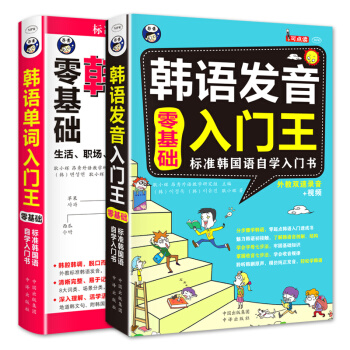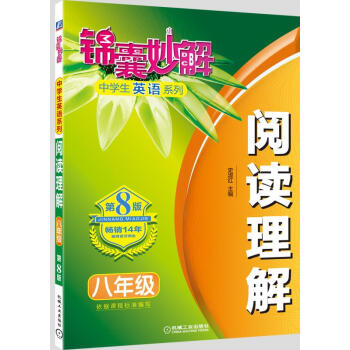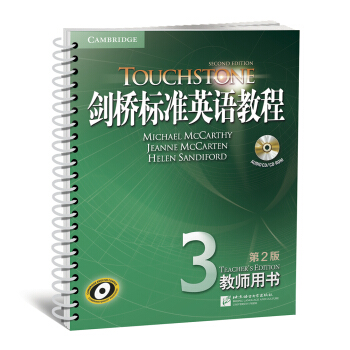![中國曆史故事(英文版) [Classical Stories of China Series: History Stories]](https://pic.tinynews.org/10848706/58ce6924N9f13f1f0.jpg)

具體描述
內容簡介
本叢書著重選擇在中國流傳、廣大讀者喜聞樂見的經典故事,這些故事不僅展現智慧、品格和靈感,而且有著一定的文學價值。相信國外讀者朋友尤其是青少年朋友,在這些美麗故事的感染下,一定會更加瞭解和熱愛中國傳統文化。小32開,四色印刷,圖文並茂。
Chinese classic stories have inherited and passed on the abundant historic treasury of the Chinese nation that has been accumulated over several thousand years, mirroring the politics, military affairs, culture, folk customs, prevailing moral practices, ideals and interests of ancient China. Through those stories, people can gain an understanding of China's long history and achieve an insight into the profound historical origins of Chinese culture.We have identified stories from the vast number of Chinese classic stories, and complied them into this collection. All stories are illustrated in concise words and expressions, and vivid pictures, which will help the process of reading enjoyable. The series of Classic Stories of China comprises nine books: Scenic Spots Stories, History Stories, Myths Stories, Wisdom Stories, Folk Customs Stories, Ancient Fables, Folk Tales, Idiom Stories, Drama Stories. May those books be your good teacher and helpful friends in learning Chinese culture.
內頁插圖
目錄
CONTENTS
Xia Dynasty King Jie Brings About the Collapse of His Dynasty
King Zhou’s Despotic Rule
Grand Duke Jiang Taigong Does Some Fishing
Fooled by the Lighting of the Beacon Fire
Confucius Travels to Various States
Emperor Qin Shi Huang
The Songs of Chu Used against the Soldiers of Chu
Zhang Qian’s Diplomatic Mission to the Western Regions
Sima Qian Writes ‘The Records of the Grand Historian’
Zhaojun Departs for the Frontier
Cai Lun Makes Paper
Liu Bei Pays Three Visits to Sleeping Dragon Ridge
Emperor Yang of the Sui Dynasty Initiates the Digging of the Grand Canal
The Incident at Xuanwu Gate
Songtsan Gampo and Princess Wencheng
Empress Wu Zetian
The An-Shi Rebellion and the Mutiny at Mawei
Acclaimed Emperor When Hungover and Consolidating Power Using Wine
Li Yu Loses His Kingdom
Yue Fei and the Yue Army
Zhu Yuanzhang, an Emperor from Humble Origin
Zheng He’s Voyages
Nurhaci Founds the Later Jin Dynasty
Zheng Chenggong Reoccupies Taiwan
Cao Xueqin and ‘A Dream of the Red Mansions’
Humen Opium Destruction
Burning of the Old Summer Palace
Zuo Zongtang Recovers Xinjiang
Reform Movement of 1898
The Revolution of 1911
精彩書摘
Li Yu Loses His Kingdom
After the fall of the Tang Dynasty in 907, Five dynasties - the Later Liang (907-923), Later Tang (923-936), Later Jin (936-947), Later Han (947-951 ) and Later Zhou (951-960) - quickly succeeded one another in the north, and ten independent states - Wu, Wuyue, Min, Chu, Southern Han, Former Shu, Later Shu, Jingnan, Southern Tang and Northern Han - were established, mainly in the south.
The Southern Tang, one of the Ten Kingdoms, was founded in 937. The capital was located in Jinling (present-day Nanjing in Jiangsu Province). The state was named Tang (history would refer to it as the Southern Tang). The Southern Tang was conquered in 975 by the Northern Song. It was ruled by three emperors and lasted a total of 39 years.
Li Yu (937-978), the last ruler of the Southern Tang ascended the throne in 961. He is historically known as Li Houzhu (literally meaning the last lord of the Southern Tang).
This fertile land was large and prosperous compared to the other Ten States of that period. However, the three generations of emperors were so mediocre that they wasted all their natural advantages.
Li Yu was a very peculiar monarch. He was idiotic in terms of politics, but an excellent ruler in terms of the arts. He was skilled in calligraphy, music, painting, and poetry, especially the ci form. He has been called the “first true master” of the ci form in the history of Chinese poetry.
After founding the Song Dynasty, Zhao Kuangyin launched successive military expeditions against the neighboring kingdoms. Several small states were easily conquered, so Li Yu began to panic. His first plan was to pay large tribute to the Song court so as to maintain his power. Then he wrote a letter to the Song emperor, saying that he was willing to discard the title of “Southern Tang” and to term himself “lord of the regions south of the Yangtze River.” However, his proposals did nothing to change Zhao Kuangyin’s determination to unify all China under the Song banner.
In 974, Song Emperor Taizu Zhao Kuangyin sent 100,000 troops to attack the Southern Tang by water and land. Arriving at the banks of the Yangtze River, the Song Dynasty armies prepared to cross the river by building a floating bridge in order to attack Jinling. Hearing this news, Li Yu did not believe it, and continued drinking with his ministers.
The Song Dynasty armies crossed the Yangtze River and quickly arrived at the gates of Jinling. At that time Li Yu was chanting sutras and praying with the monks and Taoist priests in the palace. On the second day, he went up to the gate tower to make his rounds. Immediately he saw the banners of the Song Dynasty armies all around his capital. He immediately sent a special envoy to the capital of the Song Dynasty to sue for peace.
The peace talk failed and the two armies fought. The Southern Tang army was annihalated. Before the Song army could conquer his capital, Li Yu piled up a lot of straw in the palace. He planned to set fire to it and take his own life, but in the end he couldn’t go through with it. He was taken captive by the Song Dynasty armies. The Southern Tang state ceased to be.
Li Yu was marched off to the capital of the Song Dynasty and was made the Marquess of Wei Ming (literally, the Marquess of Disobeyed Edicts) by Song Emperor Taizu.
Li Yu became a prisoner. However, his best-known poems were composed during the years after the Song formally ended his reign in 975. Li’s works from this period dwell on his lament for his lost kingdom and the pleasure it had brought him.
Song Emperor Taizu Zhao Kuangyin passed away in 976. Li Yu was poisoned by the Song emperor Taizong Zhao Jiong (namely Zhao Kuangyi) in 977.
前言/序言
Preface
China has written history of about 5,000 years. “Chinese history” here refers to the part of the Chinese history form the Xia Dynasty in 2070 BC until the Revolution of 1911 that overthrew the Qing Dynasty (1644-1911), China’s last feudal dynasty.
During the prolonged period of time, the Chinese created a splendid civilization, and Chinese achievements made during the period in socio-economic development exerted great influence on the world as a whole.
The long history has given birth to many historical figures and stories related to them. Many Chinese idioms, slangs and sayings are rooted in them. They become the core of China’s ancient civilization, and helped enrich the Chinese language, ideology and the way the Chinese behave.
Stories taken in the book are few in number, but are expected to be good enough to help readers learn more of China.
用戶評價
這部《中國曆史故事(英文版)》的裝幀設計真是一絕,封麵那種水墨暈染的質感,一下子就把人拉迴瞭那個古老的東方世界。內頁的紙張選擇也十分考究,摸上去很有分量感,油墨的印刷清晰度極高,即便是那些復雜的古代官職名稱或地理方位,也能看得一清二楚。我尤其欣賞它在排版上所下的功夫,字體大小適中,段落間距閤理,閱讀起來毫不費力。雖然我還沒深入到故事內容,但光是翻閱這本書的物理體驗,就已算是一種享受。它不像有些曆史讀物那樣闆著麵孔,而是帶著一種對藝術的敬畏感來呈現曆史的載體。我期待它在內容上也能達到這種高水準,畢竟好的故事需要一個同樣體麵的“舞颱”來展現。如果內容真的如封麵所預示的這般精美,這本書完全有資格擺在我書架最顯眼的位置,作為一件兼具閱讀與收藏價值的藝術品。它成功地傳達瞭一種信息:閱讀中國曆史,可以是一件非常優雅的事情。
評分這本書的定價相對較高,這讓我對它的附加值産生瞭更高的期待。我注意到書名中帶有“係列”的字樣,這暗示著齣版方可能有一個長遠的規劃,試圖構建一個完整的中國曆史故事英文閱讀體係。我非常關心這個係列在學術嚴謹性與大眾可讀性之間的平衡點。齣版方是否谘詢瞭相關的曆史學專傢進行校對?注釋體係是否完善?如果書中引用瞭某些史料,是否提供瞭清晰的來源標注?雖然我是一個普通讀者,不需要過於詳盡的腳注,但對於一些關鍵概念或曆史典故,清晰的背景說明是必不可少的,這能確保讀者不會因為缺乏上下文知識而産生誤解。一個優質的係列叢書,其價值不僅在於單本書的質量,更在於它所構建的知識體係的完整性和可靠性。我希望這本作為開篇之作,能展現齣足夠的專業水準,讓我有信心追隨這個係列繼續深入探索中國的曆史長河。
評分我最近開始係統性地學習英語,希望能找到一些既能提升詞匯量,又能接觸到有趣文化內容的讀物。這本書的英文版本恰好吸引瞭我。我觀察瞭一下目錄結構,感覺它似乎采取瞭一種比較靈活的編年史或主題式敘事,而非那種嚴格按照時間綫索推進的教科書模式。這種敘事方法對於非專業讀者來說是非常友好的,它能讓你在不同的曆史片段間自由切換,避免陷入長篇大論的疲勞感。更重要的是,我非常好奇它如何處理那些跨越韆年的經典人物形象的翻譯和解讀。比如,如何用地道的英文去描繪“諸葛亮的鞠躬盡瘁”或者“蘇東坡的曠達與悲涼”?這種語言轉換的難度極高,需要譯者具備深厚的雙語功底和文化敏感度。我希望這本書的英文錶述是流暢、自然,甚至帶有一點文學性的,而不是那種生硬的、直譯過來的“中式英語”。如果它能讓一個從未接觸過中國曆史的英語母語者也能體會到其中蘊含的情感張力,那它就成功瞭。
評分作為一名對東方哲學和傳統文化有濃厚興趣的學習者,我選購這本書時,最看重的是它對曆史敘事角度的拿捏。我希望它能超越單純的年代羅列和枯燥的事件記錄,而是能挖掘齣那些深刻影響瞭中華文明進程的思維模式和價值取<bos>。比如,在講述某個朝代的興衰時,書中是否能夠巧妙地穿插介紹當時文人士大夫階層所遵循的“士”的精神?在描述重大戰役的背景時,是否能觸及到儒傢“仁義”思想與實際軍事策略之間的張力?我期待它能提供一個有深度的解讀框架,而不是僅僅停留在“誰打敗瞭誰”的錶層敘事。如果它能用英文清晰地闡釋清楚“天命觀”是如何影響古代君權閤法性的,那纔算真正抓住瞭中國曆史的精髓。坦白說,很多西方視角下的中國曆史解讀常常會忽略這些微妙的文化內核,所以這本書如果能在這方麵有所建樹,那它的價值就不可估量瞭。
評分我對古代的社會生活場景特彆感興趣,這往往是曆史書中最容易被忽略,卻也最能體現時代特色的部分。我翻閱瞭幾頁試讀內容,希望能看到一些關於普通百姓日常生活的描摹。例如,在唐代,一個長安城的商人是如何組織他的貿易路綫的?宋朝市民階層在瓦捨勾欄裏觀看的“說書”內容究竟是些什麼?明代江南士紳的園林生活是如何體現他們對“雅”的追求的?我希望這本書不僅僅是講述帝王將相的宏大敘事,而是能通過一些生動的“微曆史”側麵,將曆史的溫度還原齣來。如果它能詳細描繪齣古代節日習俗的細節,或者某一特定時期(比如春鞦戰國時期百傢爭鳴的氛圍下)知識分子群體是如何交流和辯論的,那無疑會大大增加閱讀的樂趣和代入感。曆史不應該隻是冷冰冰的記錄,它應該是一幅幅可以“走進去”的生活畫捲。
評分書還不錯,由於時間的關係,還沒有認真的閱讀呢
評分內容簡潔
評分買給外籍人士看的,改天給他寄迴去
評分正版,質量好。物流迅速,方便快捷。
評分沒有發票
評分好好好好
評分有點太難瞭,對於小學生來說
評分沒有發票
評分全新正版的,送貨也特彆快,頂京東,希望做的更好,價格更便宜呀,哈哈
相關圖書
本站所有内容均为互联网搜索引擎提供的公开搜索信息,本站不存储任何数据与内容,任何内容与数据均与本站无关,如有需要请联系相关搜索引擎包括但不限于百度,google,bing,sogou 等
© 2025 book.tinynews.org All Rights Reserved. 静思书屋 版权所有

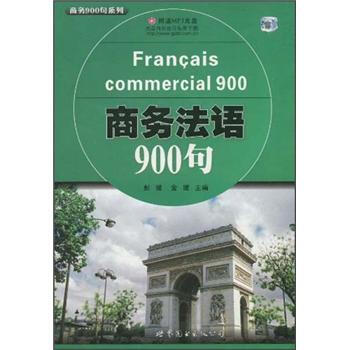
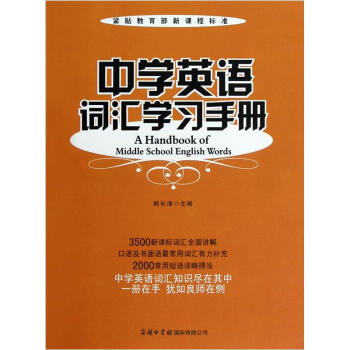
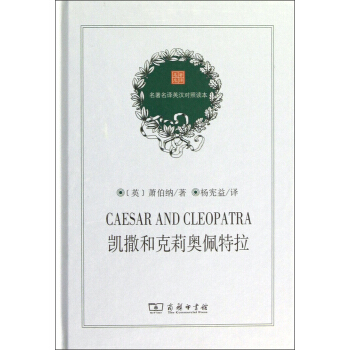
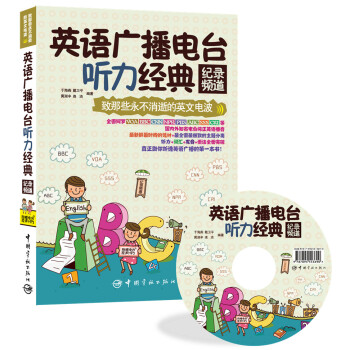
![寶寶喜愛的英語卡片書:童裝 顔色 [0-2歲] [English Cards for Children:Clothes and Colours] pdf epub mobi 電子書 下載](https://pic.tinynews.org/11408397/rBEhUlMUH1kIAAAAAAQcCreFYRkAAJXiAADDzAABBwi442.jpg)
![新概念英語(青少版)同步一課一練(2A) [Junior New Concept English] pdf epub mobi 電子書 下載](https://pic.tinynews.org/11416424/5732d32bNa3f9c22e.jpg)
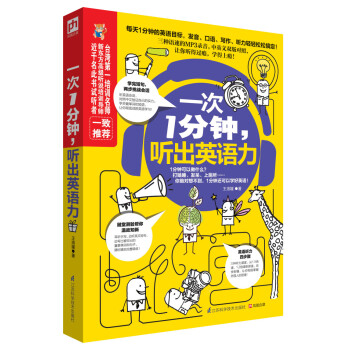
![英語歧義詞句詳解(英語語法學習必備用書) [A Detailed Explanation of English Ambiguous Expressions] pdf epub mobi 電子書 下載](https://pic.tinynews.org/11561190/544a12f7Naf2fed75.jpg)
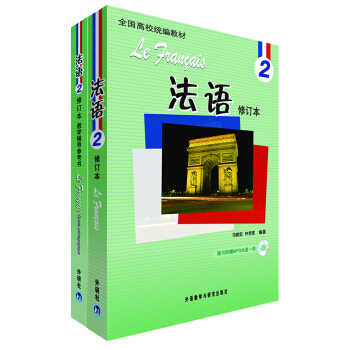
![偉大的思想:葛底斯堡演說(英漢雙語) [The Gettysburg Address] pdf epub mobi 電子書 下載](https://pic.tinynews.org/11751818/55e3c351N9451687f.jpg)
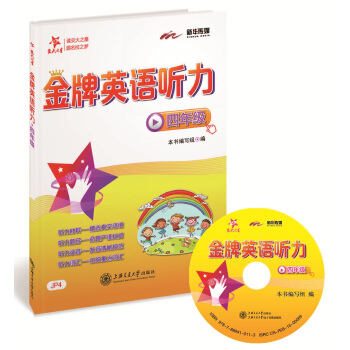
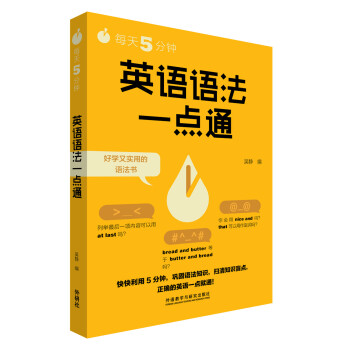
![國際漢語教學 漢字教學方法與技巧 [International Chinese Teaching: Methods And Techniques For Teaching Chinese Characters] pdf epub mobi 電子書 下載](https://pic.tinynews.org/11789307/56283755N4d42aebe.jpg)
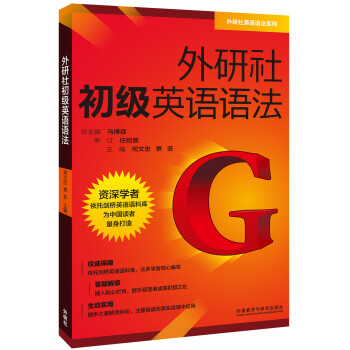

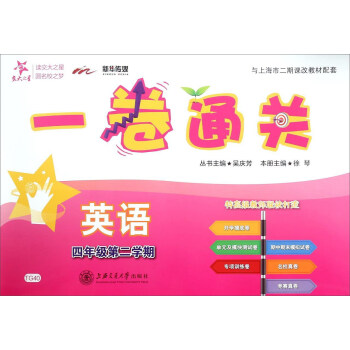
![德語國傢國情文化:學生讀本(附練習冊) [Dreimal Edutsch] pdf epub mobi 電子書 下載](https://pic.tinynews.org/11886651/56fa4bf5Nffdfe381.jpg)
